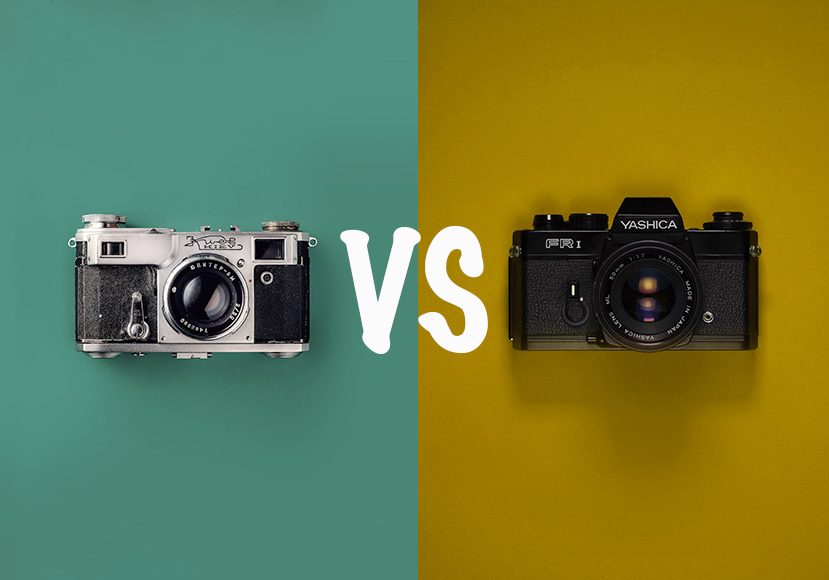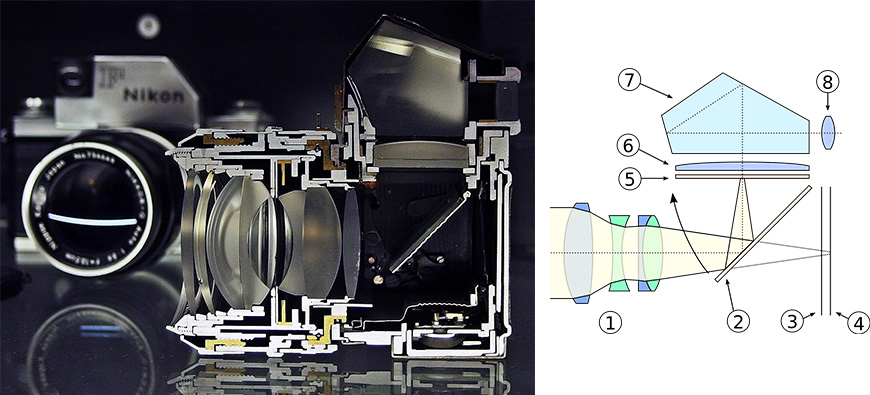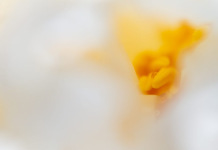Alright, so folks often ask me about the real deal between a rangefinder camera and an SLR. It’s one of those things you can read about, look at spec sheets, but you don’t really get it until you’ve actually, you know, used both. I sure didn’t, not at first.

My First Steps and Fumbles
I remember when I first got serious about taking pictures. I, like many people, jumped straight to an SLR. It felt like the “proper” camera, right? Big, a bit heavy, and that satisfying clunk of the mirror. Looking through the viewfinder, what you saw was what the lens saw. Pretty straightforward, I thought. I spent a good while with SLRs, different models, different lenses. Got comfy with them.
Then, curiosity got the better of me, or maybe I just saw too many cool old photos taken with different gear. I managed to get my hands on a rangefinder. An older, manual one. And boy, was that a different kettle of fish. The first thing that struck me was how you focus. There’s this little patch in the middle of the viewfinder, and you line up two images. Weird at first. I fumbled a lot. And you’re not looking directly through the taking lens, but through a separate window. That was a big mental shift.
Getting Down to Brass Tacks: The Actual Using Part
So, I decided to really figure this out. I didn’t just want to know the theory; I wanted to feel the difference. For a few months, I made it a point to switch between my SLR and the rangefinder for similar kinds of shooting. I’d take the SLR out for a day of just walking around, shooting whatever caught my eye. Then, a few days later, I’d do the same with the rangefinder.
Here’s what I started noticing, not from a book, but from actually doing it:
- With the SLR: The viewfinder going dark for a split second when I took a shot – the mirror flip. It’s quick, but it’s there. Focusing, especially with autofocus on newer SLRs, was often fast. But manually focusing on older SLRs, you could really see the depth of field change, which was handy. It felt… solid. Dependable. But also a bit, I don’t know, mechanical? And definitely more noticeable to people around me. That mirror slap isn’t exactly subtle.
- With the Rangefinder: Man, this was different. The viewfinder stays bright, no matter what aperture your lens is set to. And because there’s no mirror flipping up, you see the exact moment you take the picture. No blackout. This was a game-changer for capturing fleeting expressions. It was also much quieter. Just a soft click. People didn’t seem to notice me as much. Focusing, once I got the hang of that little patch, was surprisingly quick for certain things, especially in lower light where my SLR’s autofocus might hunt. But then there’s parallax – that thing where what you see in the viewfinder isn’t exactly what the lens sees, especially up close. I messed up a few close-up shots before I learned to compensate.
How It Changed How I Shot
This hands-on period really opened my eyes. It wasn’t just about the cameras themselves, but how they made me shoot.

With the SLR, I felt more deliberate. Like I was setting up a shot, even if it was a quick street scene. The bulk, the sound, it all contributed to a more ‘considered’ approach, if that makes sense. Great for when I knew what I wanted and needed to be precise with framing through the lens.
The rangefinder, though, it made me feel a bit more invisible. More connected to the scene without a big machine in front of my face. I found myself anticipating moments more, trying to blend in. It was less about absolute framing precision and more about capturing a feeling or an instant. It also tended to be smaller and lighter, which my neck appreciated on long days.
So, What’s the Big Difference Then?
After all that fumbling, shooting, and comparing, for me, it boiled down to the experience. An SLR is like looking through a window that is also the tool. A rangefinder is like looking at the scene through one window while your tool looks through another, slightly offset one. Sounds minor, but it changes everything about how you interact with your subject and the world.
There’s no “better” here, not really. It’s about what kind of shooting experience you prefer and what you’re trying to capture. I still use both, depending on the mood or the job. But understanding that core difference in how they operate, from actually using them side-by-side, that was the key for me. It’s not just tech specs; it’s a whole different way of seeing and working. And you only really get that by doing, not just reading.










